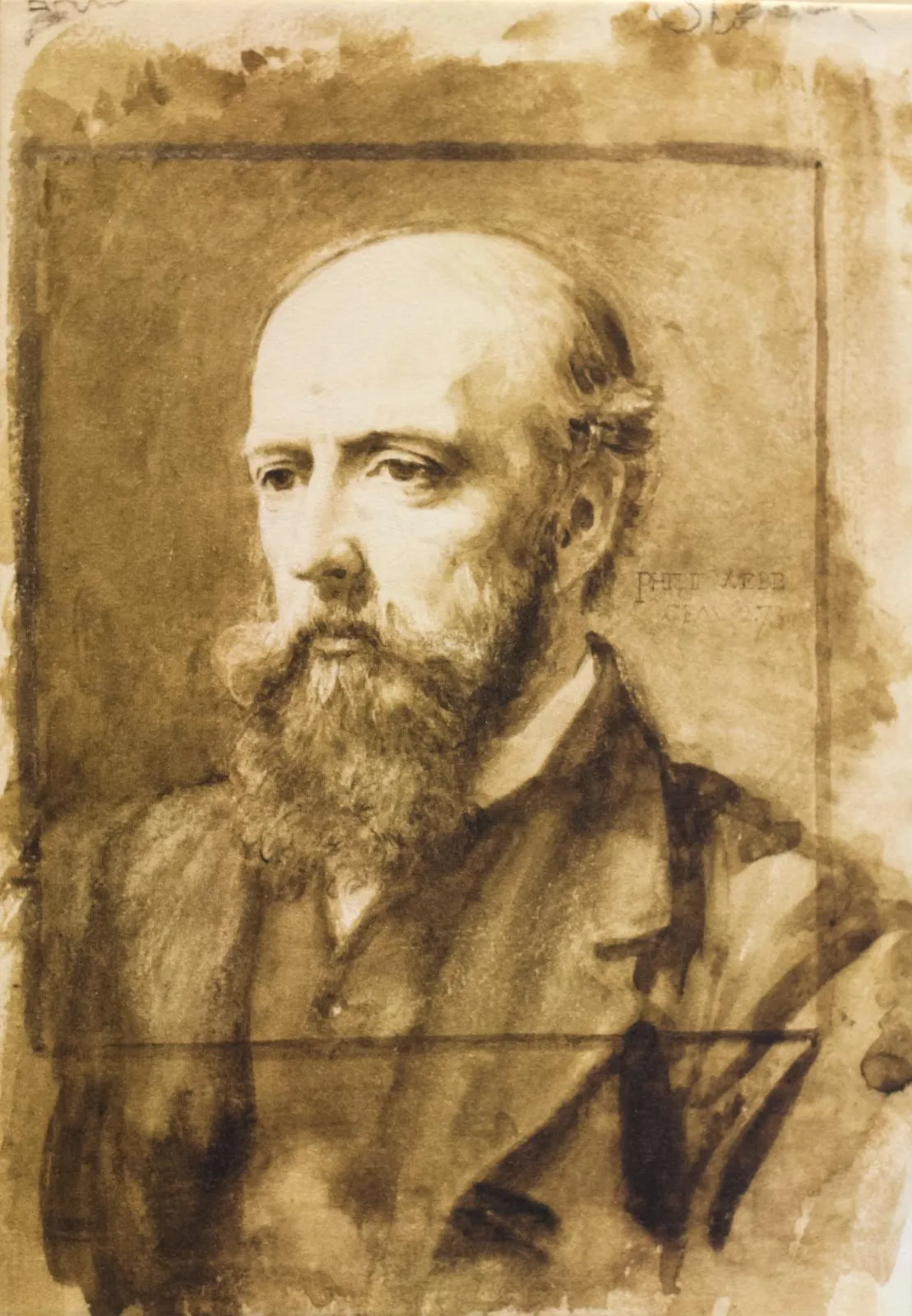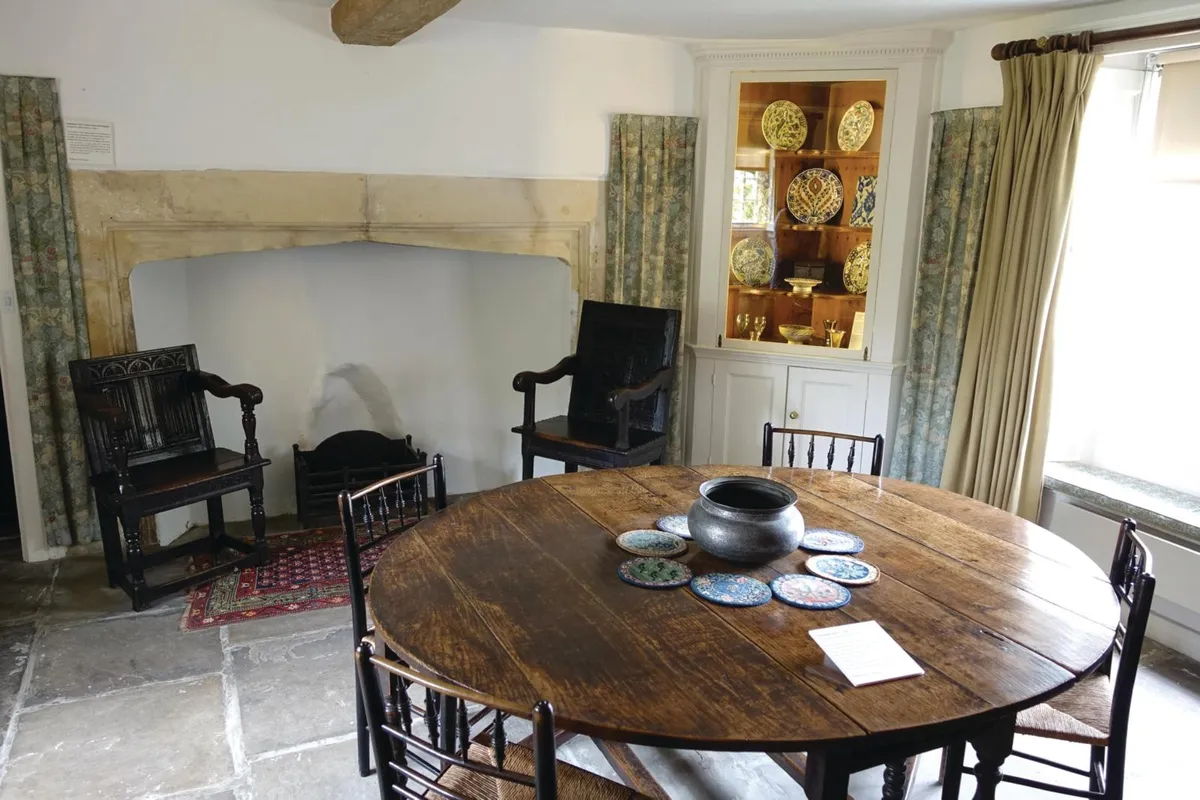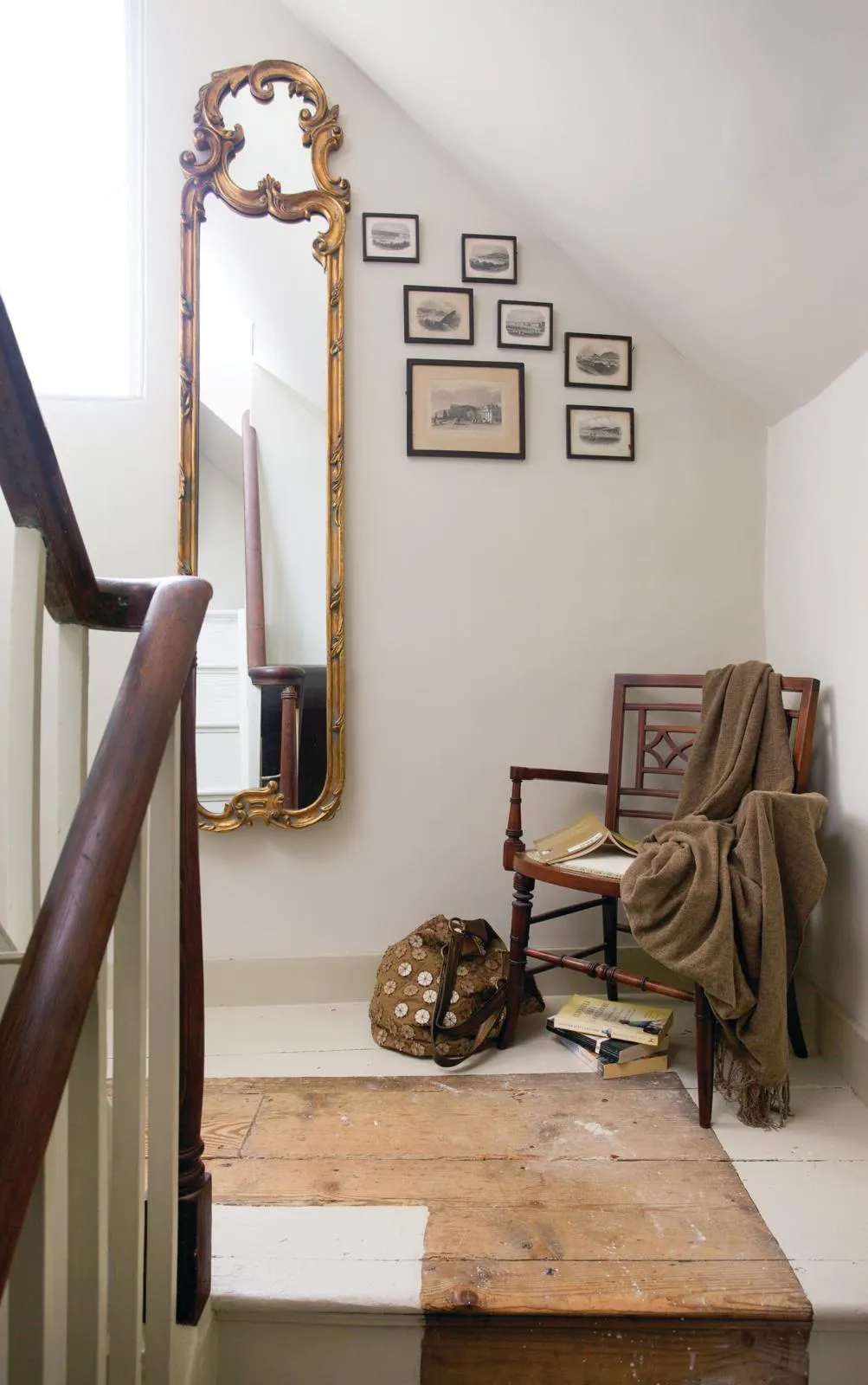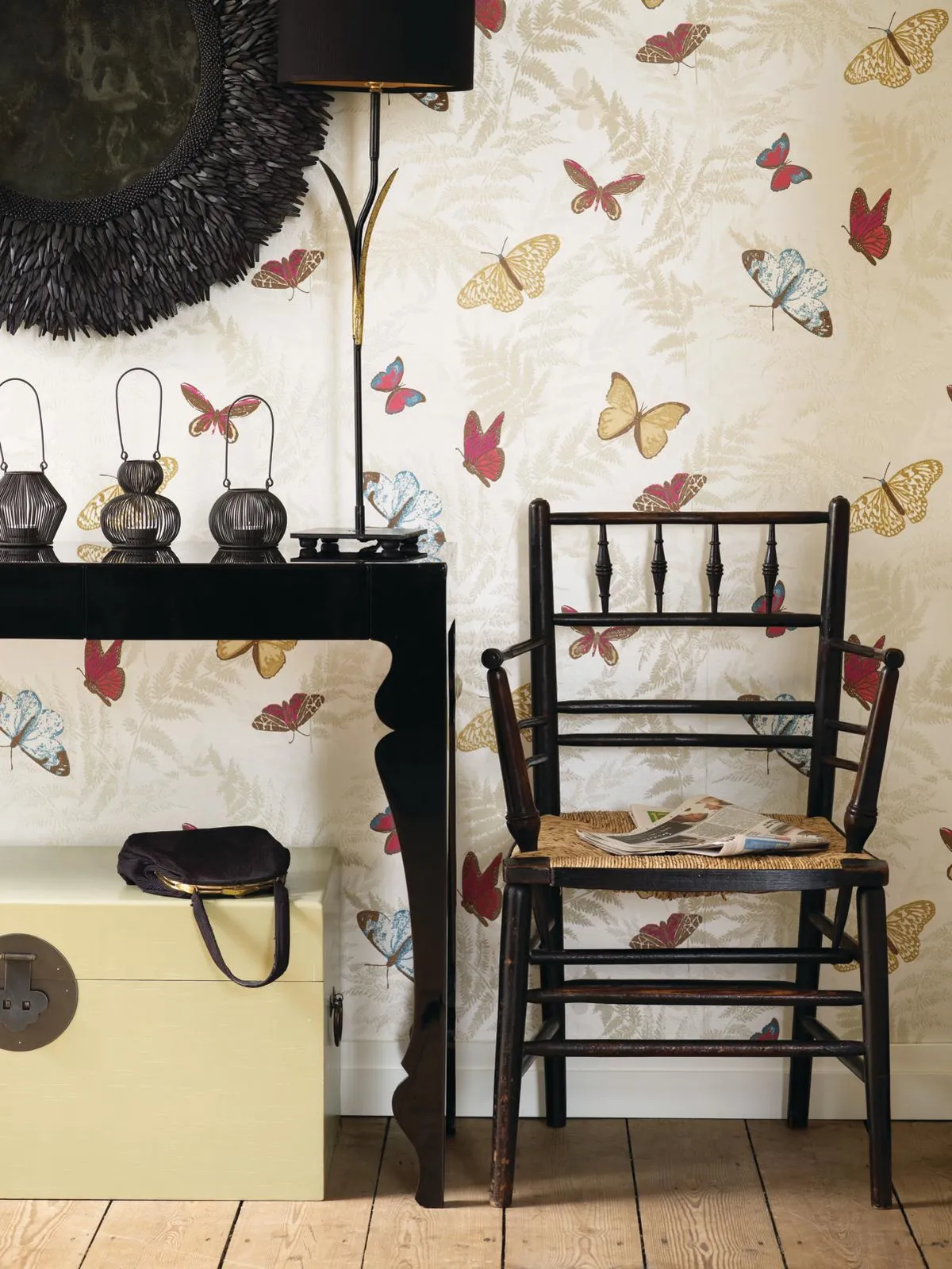With its design harking back to a pre-industrial, simpler way of life, the Sussex chair epitomised the values of Morris and Co, the design company founded by William Morris. Enormously popular at the time, it is today recognised as an icon of the Arts and Crafts movement: a comfortable seat and a timeless design that sums up the qualities Morris prized… beauty and practicality.
Want to learn more about the history of art but not sure where to start? We've made a list of the best art history and appreciation courses and lectures available online.
What is a Sussex chair?
A Sussex chair is characterised by its turned frame and rushed seat. They were often made from ebonised beach wood paired with a lighter toned rushed seat section, like the Sussex chair pictured below.

Who designed the Sussex chair?
Morris, Marshall, Faulkner & Co, later Morris & Co, was a design company formed in 1861 by William Morris and a group of like-minded artists. Taking a stand against the mass-produced, low-quality goods of Victorian manufacturing, its products were carefully made with the greatest respect for the creative process and the craftsman’s skill. The company’s furniture, tapestries, wallpaper, fabric and stained glass (much of it designed by Morris), became hugely fashionable.
The Sussex chair – probably designed by Philip Speakman Webb c1860 – with turned frame and rush seat, was inspired by an early country chair from Sussex and became a best seller. It was produced in large quantities from around 1865 to the 1920s, spawned a full range – including corner chairs and children’s chairs – and prompted competitors such as Heal’s and Liberty to introduce versions of their own. It was also a favourite at home for William Morris and his friends and several remain in situ at his rural retreat, Kelmscott Manor in Oxfordshire.

Webb was an architect and designer, born and raised in Oxford. He served an apprenticeship in Reading, and later returned to Oxford as chief assistant to the diocesan architect. It was here that he met William Morris, who was to become a lifelong friend. Morris gave Webb his first independent commission; to design Morris’s home, Red House in Bexleyheath (completed 1860). Webb went on to design many other houses, as well as becoming a founding member of Morris, Marshall, Faulkner & Co, for which he designed furniture and other items.
How to buy a Sussex chair
We get valuable advice from Arts and Crafts specialist dealer Patch Rogers
As the Sussex chair was produced in large numbers, they do come up fairly regularly, with Patch seeing one or two a month. ‘The early ones tend to be stockier and slightly thicker in the gauge of the timber, which can be anything from ash to beech to oak,’ explains Patch. He believes that the chairs were made in High Wycombe, Buckinghamshire, which was the centre for English chair making at the time.
While prices for the chairs remained constant for decades, Patch says that they have doubled in the last four or five years, with the Philip Webb armchair starting at £500, and very early examples (models referred to as the Rossetti and Madox Brown) in exceptional condition, with the original rushing, going for up to £1,500.
Patch advises buyers to check carefully for breaks in the frame, as the chairs are not particularly strong, and also for woodworm. A damaged seat is less serious as the rush can be replaced but, if getting this done, make sure it’s with rush, not paper rush, which would devalue the chair.
How to decorate with Sussex chairs
Simple Elegance

For the full Morris look, take your inspiration from Kelmscott Manor, where William and his wife, Jane, would go to unwind. In the dining room, four Sussex chairs sit around a circular table. Strawberry Thief curtains add a decorative touch.
Informal Chic

A chair of similar design to the Sussex has been used here to add interest to a landing. A gilt mirror beside the window and assortment of pictures keep the look light and cheerfully informal, and provides an extra reading spot too.
Eclectic Living

The homespun shapes and natural materials of Arts and Crafts pieces work well with many other styles of furniture, from oriental (as shown here) to Georgian, art nouveau and Scandinavian. To create a cohesive appearance, link large items by the colour of the wood, shape of the legs or other decorative details such as seat pads or cushions.